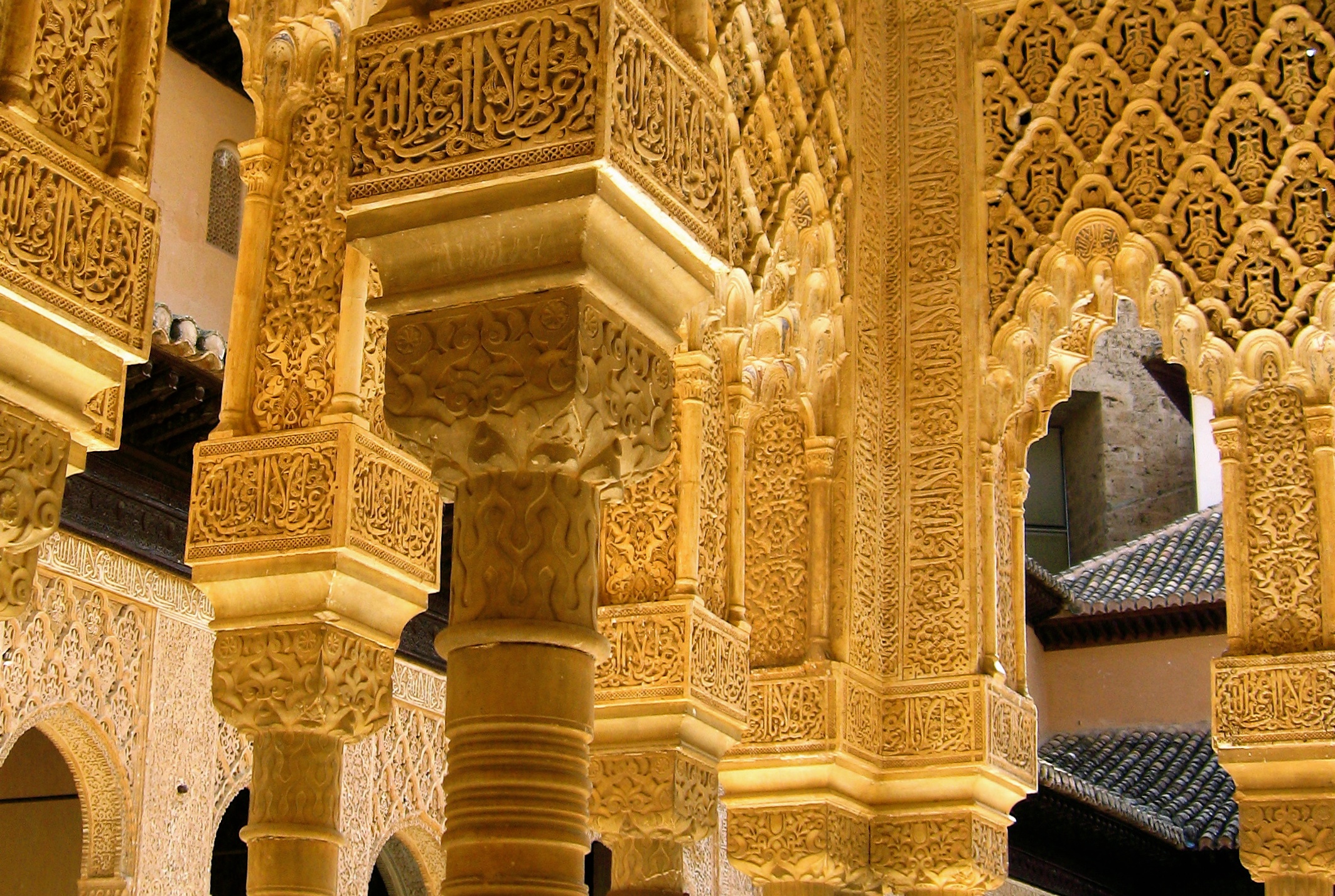






























































 After a few days in Seville I decide to go to visit the Alacazar.
After a few days in Seville I decide to go to visit the Alacazar.
The royal palace is one of the oldest in Europe, declared by UNESCO as Patrimony of Humanity, it’s a real jewel. It’s easy to be fooled into thinking this is a Moorish palace — some of the rooms and courtyards seem to come straight from the Alhambra. Most of them were actually built — by Moorish workmen it’s true — for King Pedro the Cruel of Castile in the 1360’s who, with his mistress Maria de Padilla, lived in and ruled from the Alcazar. Pedro embarked upon a complete rebuilding of the palace, employing workmen from Granada and utilizing fragments of earlier Moorish buildings in Seville, Cordoba and Valencia.
Pedro’s work forms the nucleus of the Alcazar as it is today and, despite numerous restorations necessitated by fires and earth tremors, it offers some of the best surviving examples of Mudejar architecture.
I am tired, the heat is killing me, no more Tapas or Sangria at night watching Flamenco, or listening to classic guitar until very late in the Cailles, tomorrow I am on my way to Granada. Even tired I could not stop being perplexed in front of Sevilla’s most dazzling gardens , where “Noches en los Jardines del Real Alcázar de Sevilla” evening outdoor concerts take place featuring classical music like the one last night of artist and poet Al Maqm, in his Músicas de Al-Andalus: de Damasco a Córdoba whose music intertwined with accompanying readings from great literary works.
Trust me everyone… between the Patio de las Munhecas, and el Patio de las Doncella crossing el Estaque de Mercurio, cruel isn’t King Pedro of Castile, but the one who does not realize that this place is like heaven on earth!
